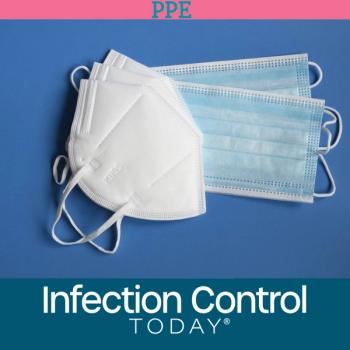
New Material Improves Wound Healing, Keeps Bacteria From Sticking
Treating wounds has become far more sophisticated than sewing stitches and applying gauze, but dressings still have shortcomings. Now scientists are reporting the next step in the evolution of wound treatment with a material that leads to faster healing than existing commercial dressings and prevents potentially harmful bacteria from sticking. Their study appears in the journal ACS Applied Materials & Interfaces.
Yung Chang and colleagues note that the need for improved dressings is becoming urgent as the global population ages. With it, healthcare providers will see more patients with bed sores and associated chronic skin wounds. An ideal dressing would speed up healing in addition to protecting a wound from bacterial infection. But current options fall short in one way or another. Hydrogels provide a damp environment to promote healing, but they don't allow a wound to "breathe." Dry films with tiny pores allow air to move in and out, but blood cells and bacteria can stick to the films and threaten the healing process. To solve these problems all at once, Chang's team looked to new materials.
They took a porous dry film and attached a mix of structures called zwitterions, which have been used successfully to prevent bacteria stickiness in blood filtering and other applications. The resulting material was slick to cells and bacteria, and it kept a moist environment, allowed the wound to breathe and encouraged healing. When the scientists tested it on mice, their wounds healed completely within two weeks, which is faster than with commercial dressings.
The authors acknowledge funding from the Ministry of Education in Taiwan, the Chung Yuan Christian University and the Ministry of Science and Technology.
Source: American Chemical Society
Newsletter
Stay prepared and protected with Infection Control Today's newsletter, delivering essential updates, best practices, and expert insights for infection preventionists.






